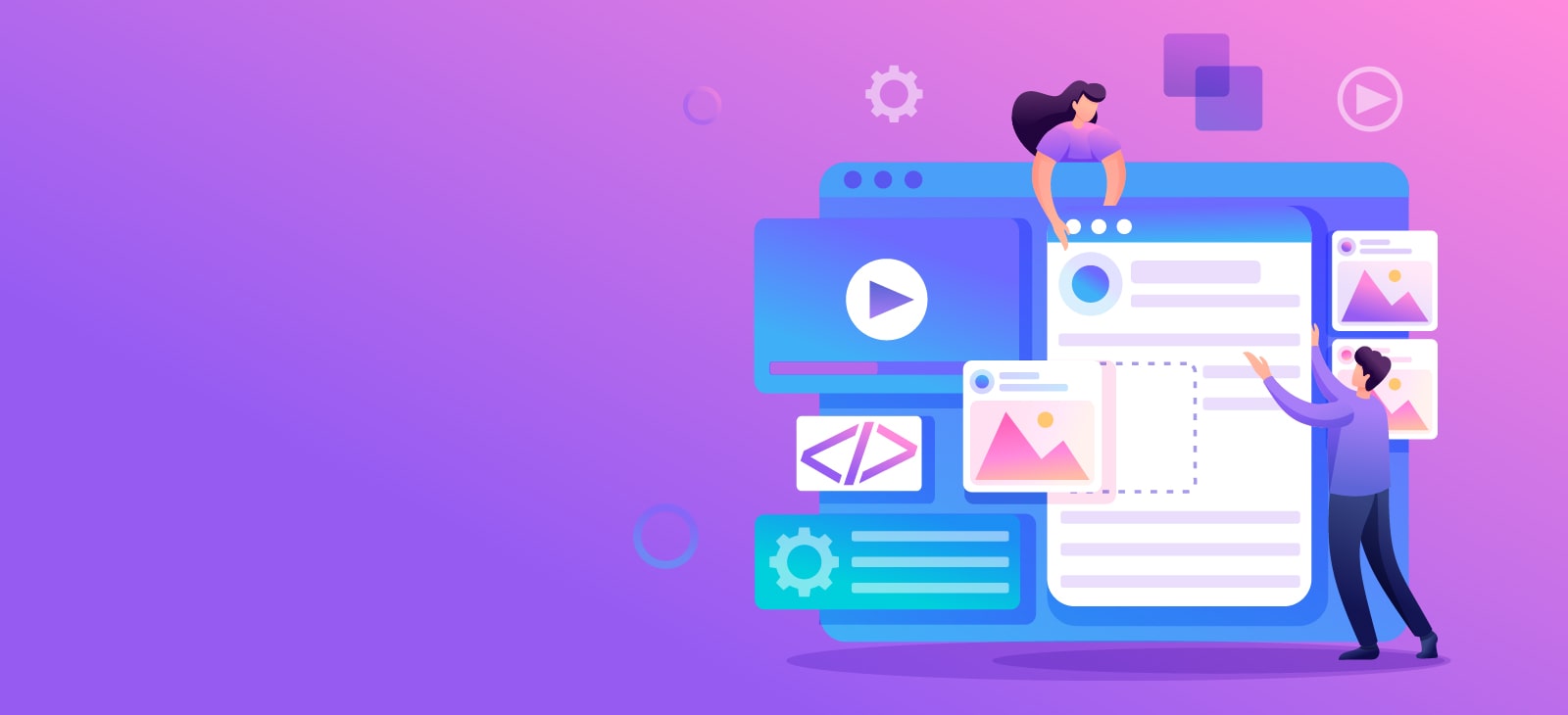Table of Contents
In the modern digital landscape, web design stands as the cornerstone for establishing a compelling online presence. The aesthetics, functionality, and user experience of a website wield considerable influence over its success or demise. The best Web Design Essentials: Colour, Typography, Layout” serves as a comprehensive guide, arming you with the expertise necessary to master the intricate art of web design. This article is your ticket to an enlightening journey through the complex realm of web design, with a special emphasis on the crucial elements that make websites visually captivating and functionally efficient.
With the internet’s ongoing rapid expansion, competition within the digital sphere becomes increasingly intense. The need to distinguish oneself, communicate effectively, and engage users has grown significantly. Achieving this objective demands a solid understanding of fundamental design principles, encompassing colour theory, typography, and layout techniques. This book serves as your pathway to becoming a skilled web designer, capable of crafting websites that are both engaging and user-friendly, thus enabling you to navigate the fiercely competitive digital landscape with confidence.
1. Colour
Colour possesses an incredible ability to communicate messages and evoke emotional responses. Crafting a well-suited colour palette that aligns with your brand empowers you to shape how customers perceive and engage with your business. It’s wise to keep your colour selection concise, typically under five hues, with complementary colours proving particularly effective. Such harmonious colour combinations not only heighten customer engagement but also evoke positive emotions in users.

Colour stands as a foundational pillar in web design, wielding substantial influence over a website’s overall visual appeal and atmosphere. Its unique potential to elicit emotions, convey brand identity, and enhance the user experience is of paramount importance. When navigating the world of web design and working with colours, it’s essential to keep the following considerations in mind
Colour Scheme
The Power of Color Schemes” suggests that colour schemes are a crucial aspect of effective web design. It emphasises the significance of selecting and utilising colours thoughtfully to enhance the visual appeal, user experience, and overall impact of a website. In web design, colour schemes refer to the combination of colours chosen to create a cohesive and harmonious look for a website.
Establish Brand Identity
This title implies that the content or book it represents will explore how web design can be utilised to create a visual and experiential representation of a brand on the internet. It suggests that readers will discover the importance of upholding consistency in design elements such as colour, typography, and imagery to establish a robust and readily identifiable brand identity. The use of the term “essential” underscores the critical nature of this endeavour, underscoring that the establishment and upkeep of a brand identity is a pivotal element of achieving success in web design.
Divergence
Ensuring that content remains easily readable requires maintaining a sufficient contrast between text and background colours. Accessibility guidelines often recommend a minimum contrast ratio to accommodate all users, including those with visual impairments.
2. Web Design Typography
Typography is the skill of organising letters and text to enhance the reader’s comprehension, message clarity, and visual appeal. This encompasses font styles, appearances, and layouts tailored to evoke distinct emotions and convey precise messages. Put plainly, typography infuses life into the text, giving it character and meaning.

Fonts and typefaces
The interchangeable use of typefaces and fonts often leads to confusion. To provide clarity, a typeface encapsulates a distinct design style, encompassing a multitude of characters in different sizes and weights. In contrast, a font is a graphical representation of an individual text character.
Spacing Between Lines and Length of Lines
Adequate line spacing, referred to as “leading,” and the measurement of line length play a substantial role in enhancing readability. Avoid text that is either overly congested or excessively stretched out.
Consistency
Consistency requires using the same typeface, font, and style throughout a web page. For example, if you’ve chosen the Roboto font in black for H2 headings in a blog post and Lotto for the description body, maintain this consistency across all H2 headings and body sections. Haphazardly using multiple typefaces can lead to a messy and disorganised look.
3. Layout :
The layout of a website encompasses its complete visual representation to users, covering aspects like aesthetics, content organisation, usability, and navigation. A well-structured website enables users to easily find the information they’re seeking, resulting in an improved user experience and a higher likelihood of achieving their goals.The layout plays a pivotal role in enhancing user engagement and simplifying navigation.

Full-Screen Photo Layout
This design makes a bold visual impact by prominently featuring full-screen, high-resolution photos. It’s a favoured style for websites focusing on photography, style, or lifestyle. Apple adopts a clean, minimalist web layout to underscore its products and brand. The design is characterised by its use of substantial images, uncomplicated typography, and ample white space, all working together to highlight its products and create an immersive experience for users.
Asymmetrical layout
An asymmetrical layout arranges elements with differing scale and proximity, breaking from symmetrical norms to create a unique and balanced aesthetic. For finance brands, a modernistic asymmetrical website layout, exemplified by Ian Douglas, offers a fresh perspective. This design style is ideal for brands embracing unconventionality, making it particularly suitable for art-focused websites, those catering to adventurous audiences, or those showcasing innovative products.
Navigation
Build a user-friendly navigation system that prioritises easy access to desired information. Key components include clear menus, intuitive breadcrumbs, and strategic calls-to-action. Together, these elements foster a smooth user experience, enabling swift content discovery. Well-designed menus offer direct paths, breadcrumbs provide structure, and calls-to-action guide users effectively, creating a user-centred navigation system that enhances website satisfaction and engagement.
Conclusion
In the intricate field of web design, achieving mastery in the core principles of Color, Typography, and Layout is the foundation of success. These elements are not isolated; they collaborate to captivate your audience, convey your brand’s identity, and deliver an outstanding user experience.
Proficiently harmonising colours, selecting fonts that resonate with your brand, and constructing a layout that ensures a seamless user journey are all essential aspects of web design. It’s the art of simplifying complexity, injecting vibrancy into the ordinary, and creating a digital haven that warmly welcomes and engages every visitor.
Editorial Staff at Djdesignerlab is a team of Guest Authors managed by Dibakar Jana.





